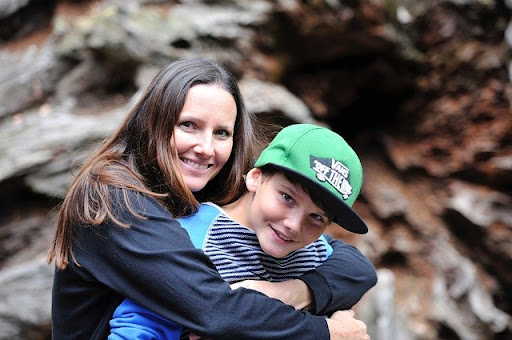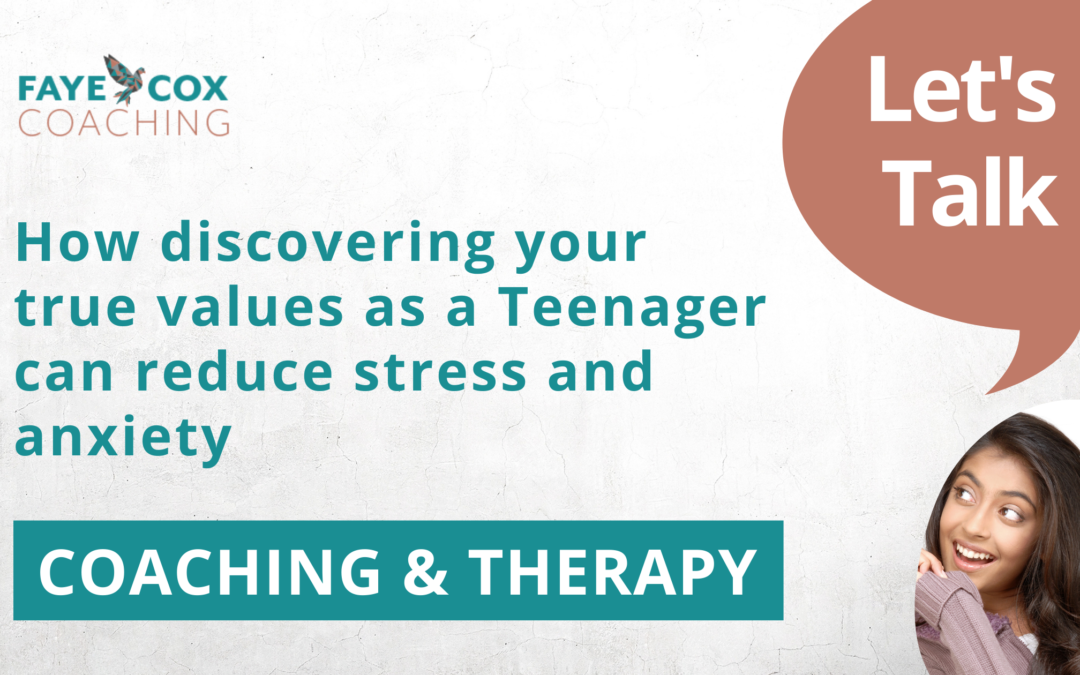
by Faye Cox | Feb 3, 2023 | Anxiety, Coaching, Family, Parents, Stress, Teens, Tips, Uncategorized, Wellbeing
What are Teenage Values and Beliefs?
As human beings, we all have our very own map of the world. No two people’s are ever the same. You can be an identical twin, yet your world map will still differ.

No other person has experienced life through your lens. No other person has seen, heard or felt things exactly the same way you have. This is hugely beneficial to learn as it can relieve the pressure of feeling like you have to be like other people.
Values
Values are the things that are important to you. I call these your non-negotiables in life. For example, my values are honesty, compassion, empathy and respect. I live by these values, and when I feel one of them is not being met either by myself or by those closest to me, it can cause stress and anxiety.
Beliefs
Beliefs are what you believe to be true about yourself and the world around you. These can be anything from thinking that you’re not good enough at something, not tall enough for something or even that you can’t do something for whatever reason you’ve convinced yourself is true.
When you’re a young child, your values and beliefs are automatically the same as those closest to you: your parents, older siblings, grandparents, etc. But when you reach your teenage years, your actual values can get lost and confused with other people’s. You can even begin to doubt your family values and believe other families’ values align with what you want to believe.
These beliefs may suit your current lifestyle more, or they might be more relaxed, and that’s okay. It’s completely normal to question what you believe to be true and what your parents believe to be true as long as you do it respectfully. Remember, your parents may have lived by these values for a long time and will be deeply embedded in their minds. For someone to come along and question them can feel difficult and uncomfortable and like someone is disrespecting them.

As with most parents, they may not even know why they have them in the first place, as they too will have inherited some of their beliefs from their parents a long time ago.
When I was a child, my parents firmly believed that drawing on anything apart from paper was wrong. I know this was to stop me from writing on the walls when I was a toddler. Your parents may have told you the same thing. As an adult, I can realise what this means. Still, as a young child, this became so embedded in my mind that I believed that I was never to draw on anything except paper.
When my children suggested that we draw a rainbow on the pavement for the NHS during COVID, my instant reply was ‘no’. To which they both asked me why. I gave them the old ‘because I said so’ answer and thought that would be the end of it. But then they asked me why it was so wrong and gave me two very valid reasons why it should be okay; one being that it was to show support for the NHS and the other that they could easily wash it off.
Well, what could I say? I had nothing; no comeback could back up this belief my parents had given me as a young child. I even asked myself why and to my amazement, I had no real reason. I had acted instantly and unconsciously due to something drummed into me as a child. I’m sure you can guess what happened next – I told them we could get some chalk and create our rainbow. Their faces were a picture, and our rainbow was the talk of the close and stayed put until the rain came and washed it all away a few days later.

Why am I telling you about my old belief and rainbows? I want you to know that even we adults have old and outdated beliefs that influence our decisions regarding our children. Be mindful of this when your parents question your reasons for doing something.
It means that you, too, can change your beliefs about yourself. You, too, can believe that you CAN do something, that you are good enough.
When it comes to many things in life, it’s a good idea to take a closer look at your values so that you can live authentically as you. It can be difficult with so many outside influences, especially friends, but it’s fundamental to discover who you are and who you want to be.
So, how do you go about discovering your teenage values? I do this with all the young people I work with, and here is an exercise you can complete to do just that.
Teenage Values exercise
- Write a list of everything important to you, eg. family, friendship, kindness, integrity, honesty, learning, money, success, well-being, giving back to the community, faith, and caring for yourself and others.
- Narrow down your list to your three most important ones.
- Write down why each of these three values is important to you.
- Write down who you know who shares all three values.
- Write down who you know who shares at least two of these values.
- Give an example of how you live by each of your chosen values.
If you’re not already living by these three values, how can you make the necessary changes to include these in your everyday life? Are you living by these values in some parts of your life and not others?
If like so many other teenagers I work with, you’re finding it difficult to know what you believe to be true or how to live authentically as you then check out my book ‘Making Sense of Me’ which is out now. Alternatively you can book a call with me

by Faye Cox | Nov 20, 2022 | Anxiety, Family, Parents, Teens, Tips
You may have noticed that there are some days when your teenager comes home and tells you everything about their day. They’ll be feeling motivated, have clear focus and can tell you some of the things they learnt that day. On other days, however, you’ll get grunting, vacant looks and you may even feel like they can’t even hear you talking at all.
These days can feel difficult for both of you. They may come home and genuinely not remember much of what’s happened in their day. It’s not deliberate so please don’t take it personally. It may be that your teenager has something else going on that is consuming their minds or their attention has been focused elsewhere for some reason.
We all know that if something really catches our interest then we will shift our entire focus to it, but if it’s not a subject we’re fully invested in then we can lack focus and attention for any length of time and it’s no different for our teenagers. In fact, with everything that’s going on in their everyday lives, including their brain development and hormones, it’s no wonder that some days they’re a little all over the place.
Having worked with teenagers for many years now I am here to support you to support them in the best ways you can and here are some ways to help them improve their focus and learning skills.
These will also help those with ADHD.
Keep the following points to hand when your teenager is doing their homework and needs to fully focus

Create a distraction-free space for their learning
Make a designated space where your teenager knows they can go and do their homework in peace. Having a specific space enables them to take themselves away, whilst letting everyone else know that it’s time for them to focus and get on with their work.
Create a space that is well ventilated and lit, ideally with natural light if possible and away from everyone else so there is less noise from the TV or other family members. Your teenager may find white noise effective for helping them focus. Certain music playing quietly can also assist focus. Having one ear-pod in whilst working can be useful. This is one I see a lot with the teenagers I work with.
Be sure to put any other devices, gadgets, computer games and any other distractions away from your teenager at this time. These can become a huge distraction if within their eye line.
Once that task is over, encourage your teenager to put away everything that they have used before starting the next task and then get out everything they need for the next task. This way they only have what they need within their eye line.
Give your teenager a drink and some snacks to see them through and keep their blood sugar level up and to make sure they are hydrated whilst they work.

Grounding before homework
Before your teenager begins their homework, they can do a quick and highly effective grounding meditation to help prepare them for learning.
Grounding is an amazingly effective method to help clear the mind of any clutter that may be hanging around from the day. You can do this with them if you like as you will both benefit from it as it will also help to rid you and your teenager of any stress or tension you may be holding on to.
Here is a simple grounding meditation for you both to try.
- Sit down on the floor with your legs crossed
- Close your eyes and focus on your breath
- Simply notice the inhale and exhale of your breath
- Then make the inhales and exhales a little longer and deeper
- Feel yourself connect with the core of the earth and feel a complete sense of grounded-ness whilst picturing yourself as a tree with vast roots that are growing and reaching the centre of the earth.
- Bring your awareness back to the breath
- Take 3 long and deep inhales and exhales and come back to your awareness of the space around you
- Count to 5 and open your eyes
Notice how calm and grounded you feel ready to focus

Always set realistic goals for learning
Support your teenager to break down their tasks into manageable chunks and even use a brain dump to help them start a new task. Many people find starting a new task and transitioning between tasks difficult, so using a brain dump can help to get everything out of their head so they can break down what needs doing and how. This will free them from the overwhelm of it all.
Encourage your teenager to steer well clear of multi-tasking as this will escalate their overwhelm and create stress and anxiety. Plus, they won’t be able to do any of the tasks well and one task done well is worth more than two or three tasks done badly.
Use a planner to plan out homework with dates of when it will be completed by. Have set days and times as this will encourage good routine when it comes to learning.
Make sure that they are taking regular breaks from learning as this will increase productivity and focus. I encourage my teenagers to use the Pomodoro technique which involves full focus for 25 minutes and then a 5-minute break. Find what works best for your teenager as different things work for different people.
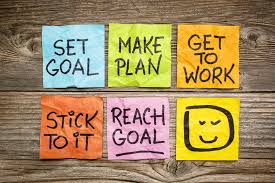
Remember that everyone is different, and these are just a few suggestions from my experience of working with teenagers who struggle with focus, anxiety and overwhelm when it comes to schoolwork and homework. These strategies have been very effective over the years. If your teenager is struggling in any of these areas, you can arrange a call with me to see where I can further support them.
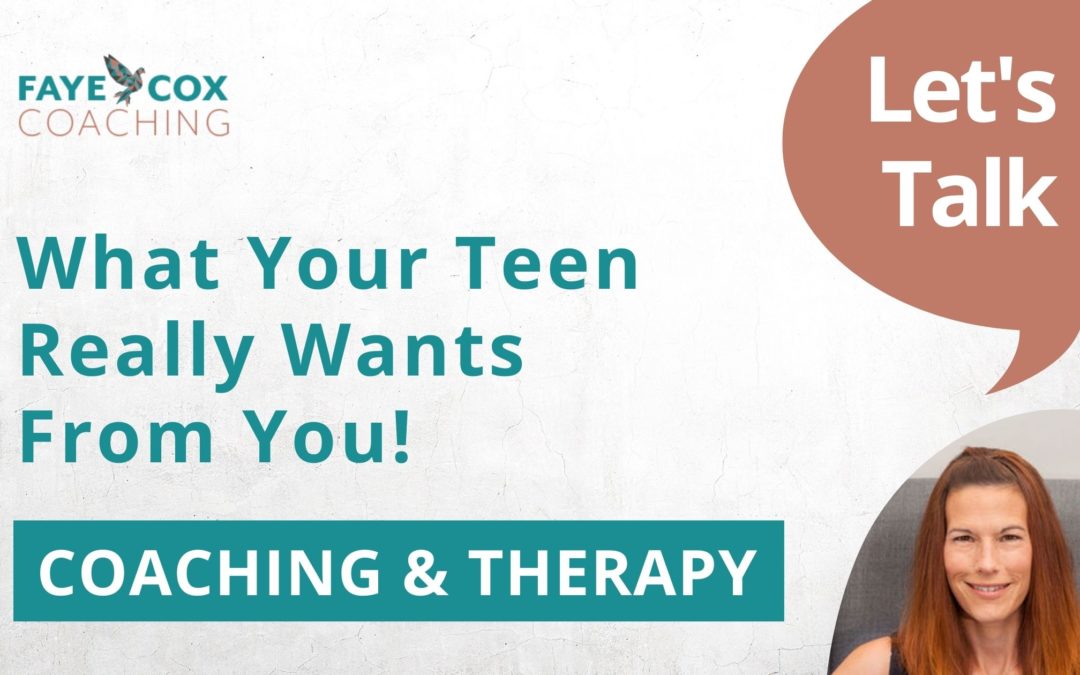
by Faye Cox | May 30, 2022 | Coaching, Family, NLP, Parents, Teens, Therapy, Tips
What your teen really wants from you
What your teen really wants from you is for you to listen and understand them. This blog explains how your teenager’s mind works and what they really want from you. Including helpful tips, resources, and NLP exercises to help you shift your perspective and improve communication with your teen.

Why are you here?
I’m guessing it is because you’ve either reached the end of your tether with your teen? Or you want to make sure you’re supporting them in the best way you know how? Or even BOTH?
Hopefully this blog will help you to start making some progress towards understanding what your teen really wants from you.
Meeting their physical and emotional needs
I have been working closely with teens and their parents for some years now, both one-to-one and in groups, in both an education setting and in their own personal space. I have seen the effects that a teens’ education and mental health is having on their daily lives.
I’ve worked with teens and young people with high anxiety, anger, low self-esteem and confidence, dyslexia and ADHD and they all have one thing in common and that is to have their basic physical and emotional needs met and feel fully supported in a way that they feel in control of their own lives!
How a teenagers mind works
Firstly, in understanding what your teen really wants from you, I want to give you some background on how a teenagers and young persons mind works, so that both you and your teenager can better understand why they do the things they do.
It is important to be aware of where your teenagers brain development is at, which makes it easier to understand their behaviour and thought processes.
As a result your teenager may seem incredibly grown up and sensible one minute and then the next seem completely illogical and impulsive. Almost like they’ve been replaced by aliens.

Brain development
Between the ages of 0-7 is the key stage of a child’s positive brain development, where they form their early belief system. Children are like sponges they take in everything that goes on around them.
The next development phase is when they hit puberty, this is different for each child, but in general it’s around 11-12 years of age, and continues until the mid 20’s.
As adults our pre-frontel cortex is fully developed allowing us to think rationally, understand consequences, solve problems and control our impulses. Before the age of 25, we rely heavily on our ‘amygdala’ to solve our problems and make decisions. This part of the brain is associated with our emotions, impulses, aggression and instinctive behaviour.
Supporting teens and young people
Having spoken and supported many teenagers and young people over the years I am here to support you, to support them.
I’m not ashamed to admit that I got it massively wrong with my step-son. When he turned into an alien overnight I didn’t understand, I didn’t even try to. I let my ‘EGO’ get in the way (The EGO is a whole topic all on it’s own and one I support parents with in my coaching).
I didn’t change my parenting style to adapt to his needs and as a result we disconnected for far too long and if I could go back and do it differently, knowing what I know now, I would!
There are a few key things that your teenager wants from you
- For you to keep them safe. This is the number 1 basic need of all humans. They want you to remind them of the dangers with love and kindness instead of judgement and frustration.
- To show them love and support even when they’re in alien mode.
- To know you’re on their side and haven’t forgotten how tough those teenage years are.
But, the biggest thing your teenager or young person wants from you is… YOUR EARS!!!!
Yes, that’s right. The biggest thing they want from you is for you to listen, and I mean really listen. Listen to understand, not to reply, lecture, tell them they’re wrong.
Listen and Understand, without judgement
They want you to step back into their world and listen as if you’re there with them, sitting alongside them whilst they navigate this difficult and confusing time. To accept who they are, not what you think they are or want them to be.
They want to be heard and respected for having their own opinions in life. They want your FULL attention when they speak about what’s going on for them. They want to know that you GET IT and can see things from their perspective.
How to gain a better perspective
In this video I teach you a great NLP exercise that will help you to see another persons point of view in any given situation. Gaining better perspective can build confidence in all areas of your life, be it your relationships with your partner or kids, or in the workplace with colleagues or employees.
Meet them where they are
As adults we judge situations through our adult brain (the pre-frontel cortex) but in order to be fully present and connected with your teenager, you need to go back and meet them where they are – Why am I repeating this? Because it’s the key to staying connected.
The teenage years are about standing beside them and using a gentle hand to guide rather than leading them from the front like you would a younger child.
Let your teenager lead the way. Keep communication light and flowing. Remember the teenage years through their eyes not yours as an adult.
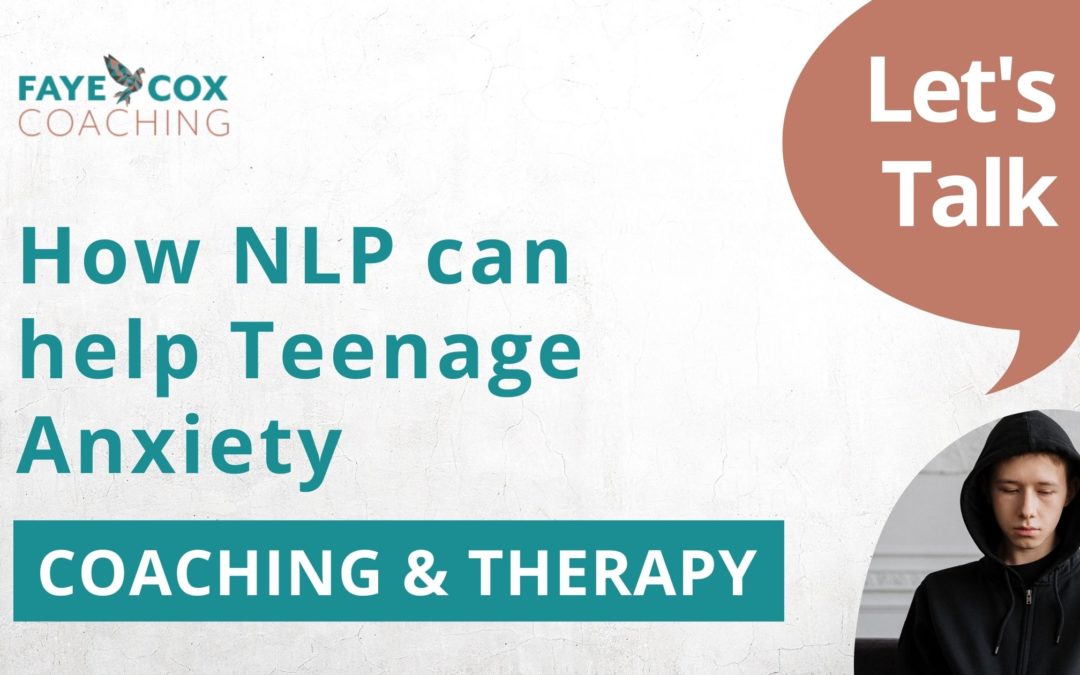
by Faye Cox | May 6, 2022 | Anxiety, Coaching, Family, NLP, Parents, Teens, Therapy, Tips
How NLP can help Teenage Anxiety
NLP can help Teenage Anxiety: NLP helps teenagers experiencing anxiety to gain change old thought and belief patterns and create new ones.
NLP helps teenagers experiencing anxiety to gain access to the unconscious mind, change old thought and belief patterns and create new ones. Ones that will support us to thrive in all aspects of life.
What is NLP
Firstly you may be wondering what NLP is and until I started my own research into Young People’s behaviour I was wondering the same thing.
NLP stands for Neuro Linguistic Programming and is the study of human thought processes. The language that we use to communicate our ideas and emotions as well as the behaviours we present based on our individual programming and unconscious mind.
NLP helps teenagers experiencing anxiety to gain access to the unconscious mind, change old thought and belief patterns and create new ones. Ones that will support us to thrive in all aspects of life.
Why is NLP Important?
Our entire life depends on the way we think and act and we do this in relation to our unconscious mind which is filled with thoughts and beliefs from the very moment we are born.
Not only does this affect us, but we also pass this programming down to our children in the way that we communicate and interact with them.
NLP will help you and your teenager to become aware of those thought patterns, recognise the behaviours that present as a result and will allow you to create new thoughts and behaviours as a result.
Watch my YouTube video for Five Quick Tips to Change your Thoughts.
What causes teenage anxiety?
Our teenagers can develop anxiety for many different reasons, such as:
- Exam stress
- Feelings that they are failing at school
- Being bullied at school or online
- Changing schools
- Moving home
- Lack of movement such as exercise
- Feelings of isolation
- Failing tests or exams
- Conflict between parents
- Feelings of not being good enough – the need to be perfect
- Injury
- Illness
- Feeling unloved
- Abuse
- Death of a loved one
- Sibling rivalry
- Lack of confidence
- Constant worrying about the future
- Conflict within friendships
- Comparing themselves to their peers
- Feeling big and new emotions
- Feelings of detachment from family and friends
As you can see there are a lot of things that can trigger anxiety in our teenagers and as a result, as parents we need to be looking out for the signs that our teen may be experiencing teenage anxiety.
As we learn these signs we are better equipped to support our teenagers when things get tough.
As time goes by you will be able to pick up on their anxieties a lot quicker and be ready to help and in turn they will recognise the signs sooner themselves and will be more comfortable asking for your help.
How to spot the signs of teen anxiety
To help, here are some of the signs that your teenager may be experiencing anxiety
- Constantly worrying about things that haven’t happened yet or that may happen.
- A rapid heart rate
- Breathlessness or shallow breathing
- Hot flushes or even feeling unusually cold
- Sweating
- Shaking
- Feelings of dizziness
- Lack of motivation
- Clinginess to either or both parents or caregivers
- Regular nightmares
- Feelings of irritability and mood swings
- Lack of self-esteem and confidence
- Trouble sleeping
- Unable to relax
- Reduced interest in school or other activities they usually love
- Lack of focus
- A dip in cognitive abilities(unable to think clearly or be able to do simple tasks)
- Compulsive behaviours which appear when their anxiety presents itself
NB: These symptoms can also run alongside a medical condition so it’s always best to get any medical conditions ruled out by a GP.
Create a safe space for your teen
When your teenager is experiencing anxiety it can be tough on all the family and the key to being able to support them is by understanding where it comes from and open up communication with them so that they feel safe.
Our number 1 need as a human being is to feel safe in any given moment. So when they are experiencing anxiety, ask yourself ‘Do they feel safe?’ if not, create a safe space for them so they can de-escalate.
A teenager who is escalated through a big emotion is not going to be in a place to talk about their feelings until they feel safe and ready.
Don’t take it personally if they aren’t ready at that moment to share. Creating that safe space will mean more than you realise.
Whilst creating that space where your teenager knows you are ready to allow them to be seen and heard. It’s always a good idea to refrain from using words like:
- You should
- You have to
- You must
- Just relax
- You’re just thinking negatively
- You’re just overthinking things as always
- It’s all in your head
- You worry too much
NLP techniques for Teenage Anxiety
Try some of the following NLP techniques. Not all techniques work for everyone, so I always suggest a few.
Affirmations
A great way to use NLP is in practicing Affirmations. Affirmations are a powerful tool to use with young people.
They can help to support them in rewiring their negative thoughts about themselves or a situation, and relieve their anxiety around them.
I use these when I’m working with young people, and I see some fantastic results. I have even created my own deck of cards inspired by the common issues that I see every week. See my online shop
These affirmations influence the unconscious mind in a positive way. I always recommend that you choose ones that are most relevant to what is going on for your teenager at that time.
Put these affirmations somewhere they will see them each and every day, on their mirror, in their lunch bag, as an alert on their phone. There are lots of ways you can use these positive unconscious statements.
For example: we can reframe their negative thinking about an exam, by switching sentences such as ‘I am going to fail’ into ‘I am going to give it my best shot’ or ‘I always do my best and today that is what I’m going to do’.
As parents we can support them by watching our own language. Both with our teenagers but also with ourselves.
Remember they look to you for guidance, so if you’re speaking negatively to yourself then you are showing them to do the same and then reframing will become harder.
How are you currently speaking to yourself and how can you change so that you are modelling the behaviour you want to see from your teenager.
The ‘As If’ technique
This is a good NLP technique for supporting your teenager as it uses their imagination and even in those teen years their imagination is still strong and we can tap into that.
If you find that your teen is unable to calm themselves down, firstly take them through a couple of breathing exercises (more on that in my next technique).
Once they are feeling calmer and ready to accept suggestions, ask them what it would be like if they were able to do, feel or have what they needed? How would they feel once they are able to move past the fear and achieve the desired outcome?
Ask them to tap into their sense of feeling, seeing, hearing, smelling and even tasting. This will support them to alter their emotional state and ease those feelings of anxiety.
It allows them to imagine how things could be if they allowed themselves to see the situation in a more positive way.
Breathing
Now this one is the simplest of all techniques, but it’s so underestimated especially by our young people.
If we can teach our teenagers the power of their breathe in any given moment and how it allows them to bring themselves back from the anxiety that is driving them to the present moment where there is nothing to fear.
One of the simplest breathing techniques is the 4, 4, 4, 4 box breathing which I use regularly. It’s as simple as slowing down the breathe and counting to 4 as you breath in, hold your breathe for the count of 4, then breath out for the count of 4 and hold for the count of 4.
Quite simply repeat until you are back in the present moment and your heart stops racing and you can regulate yourself. This can take some time and that’s OK.
This is always my go to and one that my own kids use when they feel any kind of fear or anxiety. We breathe together for as long as it takes.
This helps you to create that safe space that I was talking about earlier.
Breathing with them in this way creates connection and within that place of connection your teenager will feel safer and more ready to talk about what their worry feels like.
Grab your Free Anxiety Resources
I hope you have found this article useful in understanding how NLP can help teenage anxiety. And that you feel able to implement some of these techniques with your teenager and even yourself.
There are many other NLP techniques that can be used when dealing with teenage anxiety and you can find out more of these by grabbing your FREE Anxiety resources.

by Faye Cox | Jun 18, 2021 | Tips
Would you love to know how you can gain better perspective in any situation?
I’m here to tell you that it is possible and it’s a lot simpler than you may think.
We all find ourselves in situations where we may disagree with other people, and 9 times out of 10 when we’re in these situations we see things differently. We see things differently from the other person because of our map of the world, how we see things, our beliefs, our values and the experiences we’ve had in our life up until that point.
So today I want to give you a quick NLP (Neuro Linguistic Programming) technique that I use in my practice, to help you be able to see things from other people’s point of view, so you can put yourself in other people’s shoes in any situation. I call this the three pillars of perspective (also known as Perceptual Positions). You can physically do this and practice this technique over an over in preparation for when you find yourself in any given situation.
To start off with, there are three positions in the three pillars of perspective, position one, is you. That’s your position within any given situation or conversation, second position is the person you may be having that discussion with, It could be a situation at work, it could be something in your personal life, business, any given situation. A lot of the time you will find that this could be a 1 on 1 conversation, and you’re unable to see somebody else’s point of view. The third position, you are going to become a neutral participant within the conversation. You’re going to be the person who looks on the situation as an outsider, from a totally neutral perspective.

So how does it work?
To begin with, you can set up three different chairs in your living room, kitchen, at work in a conference room, wherever you happen to be. You can do this by yourself, you can also help your colleagues and employees do this, so when they’re in negotiations and communicating with other members of staff, or they’re trying to close a deal, any of those kinds of things, you can use this. Practise with them regularly.
Position 1 – Start off sitting in the first person’s chair so at this point you’re looking at things from your own perspective. Close your eyes and think of a situation that you may have found yourself in recently where you’re having a conversation, and the perspectives have been different, think back to the conversation that you were having and picture exactly what happened, what was said? How did you see things? How did the conversation go through your own eyes? Sit with that for a moment. Then I want you to do what we call in NLP which is break that state. So, open your eyes, think of something totally different, outside of the conversation, it might be what you’re having for dinner. It might be what your next meeting is. Just think about something entirely different.
And at that point, pick yourself up and move over to another chair, and this chair will be the second position.

Position 2 – Now you’re the other person in the conversation. When you’re ready, sit in that chair, close your eyes and put yourself in that person’s situation. Go back to the conversation, but this time you’re looking at it from the other persons. How did they see it? Imagine the situation from that person’s point of view, imagine stepping into their body and becoming them, and looking at you through their eyes, through their perspective and think back to what was said. What is their understanding of the situation? How did they see you and your actions in this situation? Once you’ve done that, open your eyes and break state again.
Now move to the third person’s chair.
Position 3 – Now you become the neutral third person. We are now the objective outsider. This person is somebody that you respect, somebody that you admire, somebody that you trust. We’re looking through their eyes now and seeing their perspective. Imagine that you’re watching this like a ‘fly on the wall’. Now it’s helpful here to picture yourself, to close your eyes and picture yourself as looking down on the conversation. We call ‘the helicopter view’, so you’re looking down on the conversation of these two people. You’re looking at something from a completely outside point of view and I want you to ask yourself these questions. How are these two people acting? Are they being fair to one another? Are they actively listening to what the other person is saying? Is the way that they are behaving, or the way that this conversation is going resolving anything or coming up with any plan or solution? Is one person being more dominant than the other.? What advice would you as that outside perspective, give both of these people to help them work out their differences?
Once you’ve done that, break state, again.
This is such a powerful tool to enable you to step into other people’s shoes, to see their perspective, but also step outside of the situation altogether and look in from a completely different viewpoint, because 9 times out of 10, that will help you to come up with resolutions and totally different answers to the ones that you were coming up with before when you’re only looking at something from your perspective.
It’s incredibly useful in life, your career and even in business for any situation you may find yourself in.
After doing this exercise, take a few minutes just to write down those different perspectives, write down what came out of that. What did you learn about yourself having done it? What did you learn about the other person? How do you want to move forward from here?
Like I said, this is a really great and very simple exercise that you can practice either yourself, with family members, with friends, with colleagues, so that you can deal with Conflict better and get better results for yourself and others.
Faye Cox Coaching – BELIEVING IN YOU UNTIL YOU DO TOO! If you’d like some support so you too can start believing in yourself, you can have a chat with me here
You can also subscribe to my You-Tube Channel where I release a brand new video each week talking about gaining perspective, limiting beliefs, changing the way you think and much more….

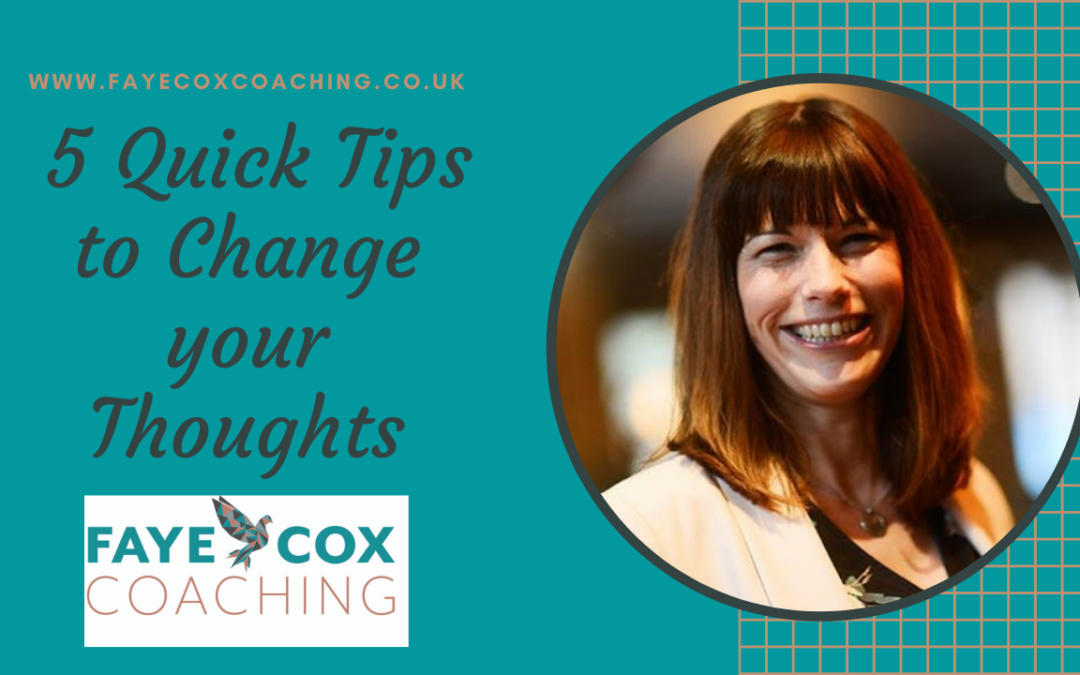
by Faye Cox | Jun 9, 2021 | Tips
“Change your thoughts to change your life!”
Now you might be surprised at how often during the day you focus on a negative thought. The average person has 50,000 to 70,000 thoughts per day. So it’s no surprise that this can get out of hand pretty quickly.
The best thing you can do to stop negative thoughts, is try and become more aware of those times that you are thinking in a negative manner.
Your life is a reflection of everything you have programmed into your mind over the course of your life up until now. You have been programmed, every second of every day from the very minute that you are born. You’re being programmed with both your internal thoughts, and your external thoughts. Those internal thoughts are the ones that drive you. And in a nutshell, you are what you think you are.

Now your unconscious beliefs and thought patterns, literally shape the whole world around you, each and every second. Much like a broken record, your thoughts get stuck on what your problems are. And you can then lose the ability to break out of this negative cycle. This never ending cycle becomes your way of life. So you literally think yourself into creation. This then becomes the song that you sing, and the dance that you dance when you’re stuck in a cycle of despair. When we’re stuck in this cycle, all we can really do and all you’re actually really doing is expanding the presence and giving more power to that despair. You’re tightening its grip on you until it gets to a point where your mind is controlling you, when what we want to do is we want to totally flip it so that you are in control of your mind.
That brings me nicely on to my five quick tips to help you change your thoughts – You can watch the video here!
Tip 1 – Is to identify those automatic negative thoughts that keep coming up again and again. Because your thoughts are directly linked to your feelings and your behaviours as a result of those feelings. So, your thoughts influence how you feel, which influences how you behave, so listening and writing down your negative thought patterns can help increase your awareness. The very first step to anything we do is becoming more aware and writing things down so we’re getting them out of our minds and onto paper. It’s one of the simplest but most effective ways that we can bring these thoughts in to your awareness. So list down those thoughts that keep coming up for you, just simply write them down.
Tip 2 – Is explore the cause of that negative thought process or pattern. These could even relate to your childhood. This could be stuff that has been programmed from such a young age, potentially from your parents. Your parents have always wanted to protect you so there will be certain things that they would have said to you when you were younger, such as, don’t talk to strangers, we all get taught stranger danger when we are younger and that keeps us safe, and it’s really really important to know that as children. But as we enter our adult lives and we start to go out and about and we start to meet new people, we start a new job, we’re in business and go networking or we’re wanting to build a wider circle of friends, we have to start getting comfortable with talking to people we don’t know. And this completely goes against that belief that we have been taught not to speak to strangers. And there’s so many different things like that, so we need to catch these thoughts to become aware of them to explore where they come from.
Tip 3 – Is to keep a record of those negative thoughts and try and come up with words or phrases that counteract it. So if we go back to where we might say you can’t do something. In my house, I teach my children not to use the words, I can’t, because the evidence shows that every time they tell themselves they can’t do something, there will have been another time when they have said it and proved themselves wrong and this happens every time, so now we use ‘I’ll give it a go‘ because let’s face it, how do we know if we can do something or not, unless we give it a go. I don’t tend to use the words I’ll try because I find that a bit wishy washy. But if I say to myself or my children say to themselves, I’ll give it a go. It makes you feel good, it’s an empowering kind of statement, it totally changes your state, and how you feel about something than saying, I can’t.

Tip 4 – is to use a tool such as NLP, or affirmations to help you think more positively. Now, through my series of videos, all of the videos that I create, are all to do with using my coaching and NLP techniques so if you subscribe to my You Tube channel to watch all my other videos, you’ll start to learn a lot more of these techniques to help you create more success in life but also to help you change the way you think and start believing in yourself more. List at least 10 negative thoughts that you’re having a day. This takes a little bit of time but as does everything. If you want anything to change. You have to practice. Repetition Repetition Repetition, the brain loves repetition. Now turn those thoughts on their head and creating a statement that better supports you .
Tip 5 – is chunking or breaking large amounts of information down into smaller pieces. Now sometimes our negative thoughts can be big thoughts they can be those ones that are ingrained from years and years of that negative repetition. And in order to reframe them and change them into a more positive, we may have to chunk them down. It’s like with any goal or anything that we’re trying to achieve, if you try and deal with something that is too big, all in one go. You’re going to get to a point where you’re banging your head against a brick wall, you’ll feel like you’re failing and can’t do it It sends you into overwhelm, so rather than carrying on and dealing with it. You give up. So, pick that bigger thought apart into smaller ones and deal with those smaller ones. Once you’ve done that you can chunk it back up, so that you can see the bigger picture of what it was that’s going on.
Practice these tips often until it becomes so natural that you can do it automatically in minutes. Use a journal to help if needs be. I have my own personal journal that you can purchase here.
Faye Cox Coaching – BELIEVING IN YOU UNTIL YOU DO TOO! If you’d like some support so you too can start believing in yourself, you can have a chat with me here













